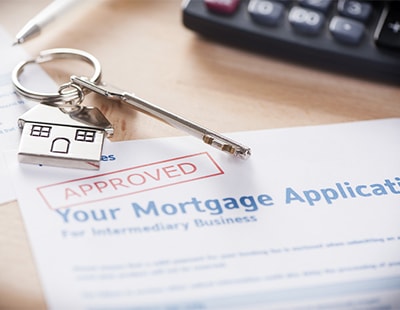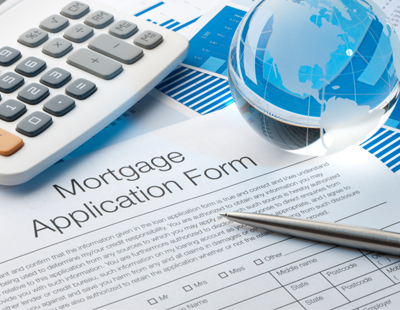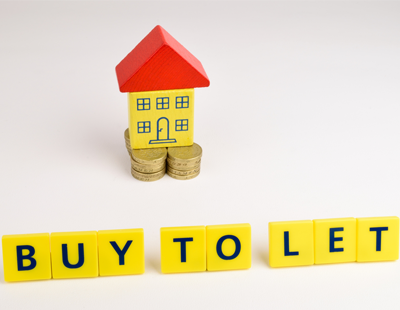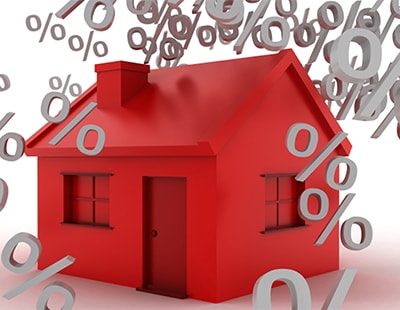
Amid continued speculation that interest rates will rise later this year, the majority of landlords chose a five-year fixed rate when financing a buy-to-let purchase in the fourth quarter of 2018, according to the latest data released by Mortgages for Business.
The broker’s buy-to-let mortgage index shows that 97% of its landlord customers opted for fixed rate mortgages in Q4 2018, with 84% choosing to fix for five years, up from 70% in the previous quarter.
Steve Olejnik, managing director at Mortgages for Business said: “Whilst for landlords, the preference for five year rates is both a protective measure and an opportunity to maximise borrowing, from a market perspective, it will reduce the volume of remortgaging over the next few years.
“Both lenders and brokers need to take this into account when projecting business growth.”
The figures also show that elsewhere in the sector, more than half - 55% - of all newly submitted buy-to-let applications were from landlords using limited companies, up from 44% in Q3 2018, indicating a shift away from borrowing personally.
By value, these applications accounted for 51% of all requested borrowing, up from 39% in the previous quarter. More than half of the buy to let lenders tracked now offer products to limited companies.
Olejnik commented: “I expect the uptick in the use of limited companies to continue as landlords adjust their investment strategies to cope with the new tax environment and underwriting guidelines for lenders from the PRA.”
The way lenders charge borrowers has also changed. Nearly half of all products had a percentage-based arrangement fee attached, up from 42% at the beginning of 2018. The reason is likely to be due to the market becoming increasingly specialist in nature.
Olejnik explained: “Loans for specialist scenarios tend to be higher and so lenders are able to claw back some of the margins they have lost through competitive pricing by applying a percentage-based fee rather than a flat fee. Almost always, there is no incentive for lenders to offer products without fees for more complex borrowing scenarios.”
The average flat fee rose too, from £1,423 a year ago to £1,506 – the first time the figure has risen above £1,500 since Q1 2016.
Want to comment on this story? Our focus is on providing a platform for you to share your insights and views and we welcome contributions.
If any post is considered to victimise, harass, degrade or intimidate an individual or group of individuals, then the post may be deleted and the individual immediately banned from posting in future.
Please help us by reporting comments you consider to be unduly offensive so we can review and take action if necessary. Thank you.















.png)





Join the conversation
Be the first to comment (please use the comment box below)
Please login to comment